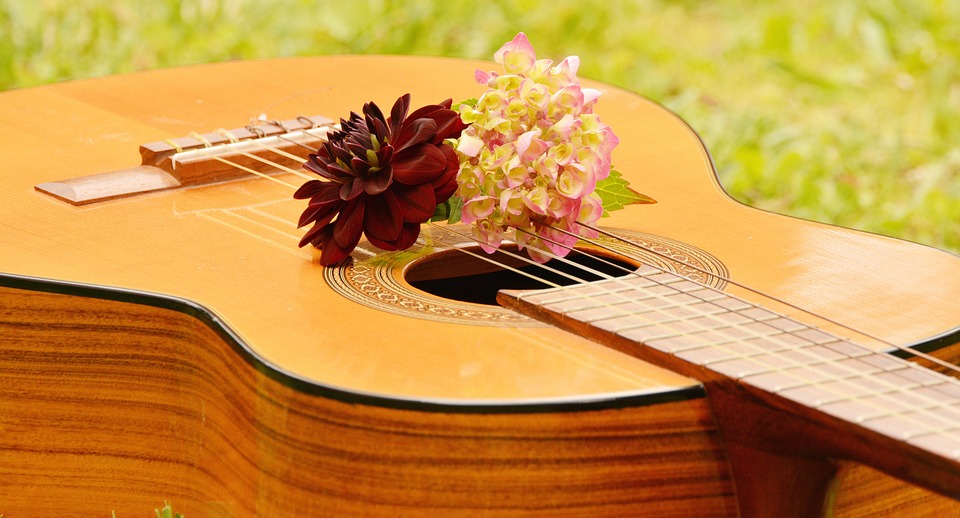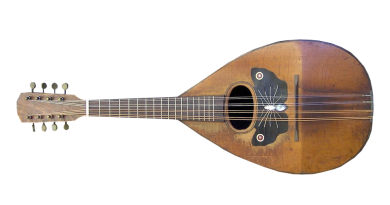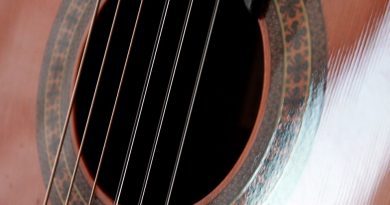Master the art of country chords with this comprehensive guide
Master the Art of Country Chords with This Comprehensive Guide
For aspiring guitarists looking to master the art of country music, understanding and mastering chords is essential. Country music is characterized by its distinctive chord progressions, catchy melodies, and intricate fingerpicking patterns. In this comprehensive guide, we will explore the fundamental country chords every guitarist should know and provide tips on how to incorporate them into your playing.
Introduction to Country Chords
Country music is known for its simple yet emotive chord progressions that are often played on an acoustic guitar. The most common chords used in country music include major and minor chords, dominant sevenths, and suspended chords. These chords create the foundation for country songs and provide the backbone for melodic improvisation.
In country music, chords are typically played in open positions, allowing for a rich, full sound. Playing chords in open positions also makes it easier to incorporate fingerpicking and strumming techniques, which are commonly used in country music.
Common Country Chords
1. G major: The G major chord is a staple in country music and is often played in the open position. To play a G major chord, place your second finger on the third fret of the low E string, your first finger on the second fret of the A string, and your third and fourth fingers on the third fret of the B and high E strings, respectively.
2. C major: The C major chord is another essential country chord that is commonly used in country songs. To play a C major chord, place your first finger on the first fret of the B string, your second finger on the second fret of the D string, and your third finger on the third fret of the A string.
3. D major: The D major chord is a versatile chord that is used in a wide range of country songs. To play a D major chord, place your first finger on the second fret of the G string, your second finger on the second fret of the high E string, and your third finger on the third fret of the B string.
4. A major: The A major chord is a bright and lively chord that is commonly used in country music. To play an A major chord, place your first finger on the second fret of the D string, your second finger on the second fret of the G string, and your third finger on the second fret of the B string.
5. E major: The E major chord is a powerful and resonant chord that is often used in country ballads. To play an E major chord, place your first finger on the first fret of the G string, your second finger on the second fret of the A string, and your third finger on the second fret of the D string.
Advanced Country Chords
In addition to the basic major and minor chords, there are several advanced country chords that can add depth and complexity to your playing. These chords include dominant sevenths, suspended chords, and augmented chords.
1. Dominant sevenths: Dominant sevenths are commonly used in country music to create tension and add a bluesy feel to chord progressions. To play a dominant seventh chord, simply lower the seventh note of the chord by one fret. For example, to play a G7 chord, play a G major chord and then add your fourth finger to the third fret of the high E string.
2. Suspended chords: Suspended chords are used in country music to create a sense of suspension and anticipation. To play a suspended chord, replace the third note of the chord with either the second or fourth note. For example, to play a Dsus2 chord, play a D major chord and then lift your second finger off the fretboard.
3. Augmented chords: Augmented chords are used in country music to create tension and add a sense of unease. To play an augmented chord, raise the fifth note of the chord by one fret. For example, to play a Caug chord, play a C major chord and then add your fourth finger to the fourth fret of the G string.
Tips for Mastering Country Chords
1. Practice regularly: Like any skill, mastering country chords takes time and practice. Set aside dedicated practice time each day to work on your chord progressions and transitions.
2. Start slow: When learning new chords, start at a slow tempo and gradually increase the speed as you become more comfortable. Focus on accuracy and clarity in your chord changes.
3. Use a metronome: A metronome is a valuable tool for practicing chord progressions and improving your timing. Start by setting the metronome to a slow tempo and gradually increase the speed as you become more proficient.
4. Experiment with different strumming and picking patterns: Country music is known for its intricate fingerpicking and strumming patterns. Experiment with different techniques to add depth and texture to your playing.
In conclusion, mastering country chords is essential for any guitarist looking to explore the rich and nuanced world of country music. By familiarizing yourself with common country chords, practicing regularly, and experimenting with different techniques, you can enhance your playing and create your own unique country sound. Incorporate these tips and techniques into your practice routine, and you’ll be well on your way to mastering the art of country chords.






